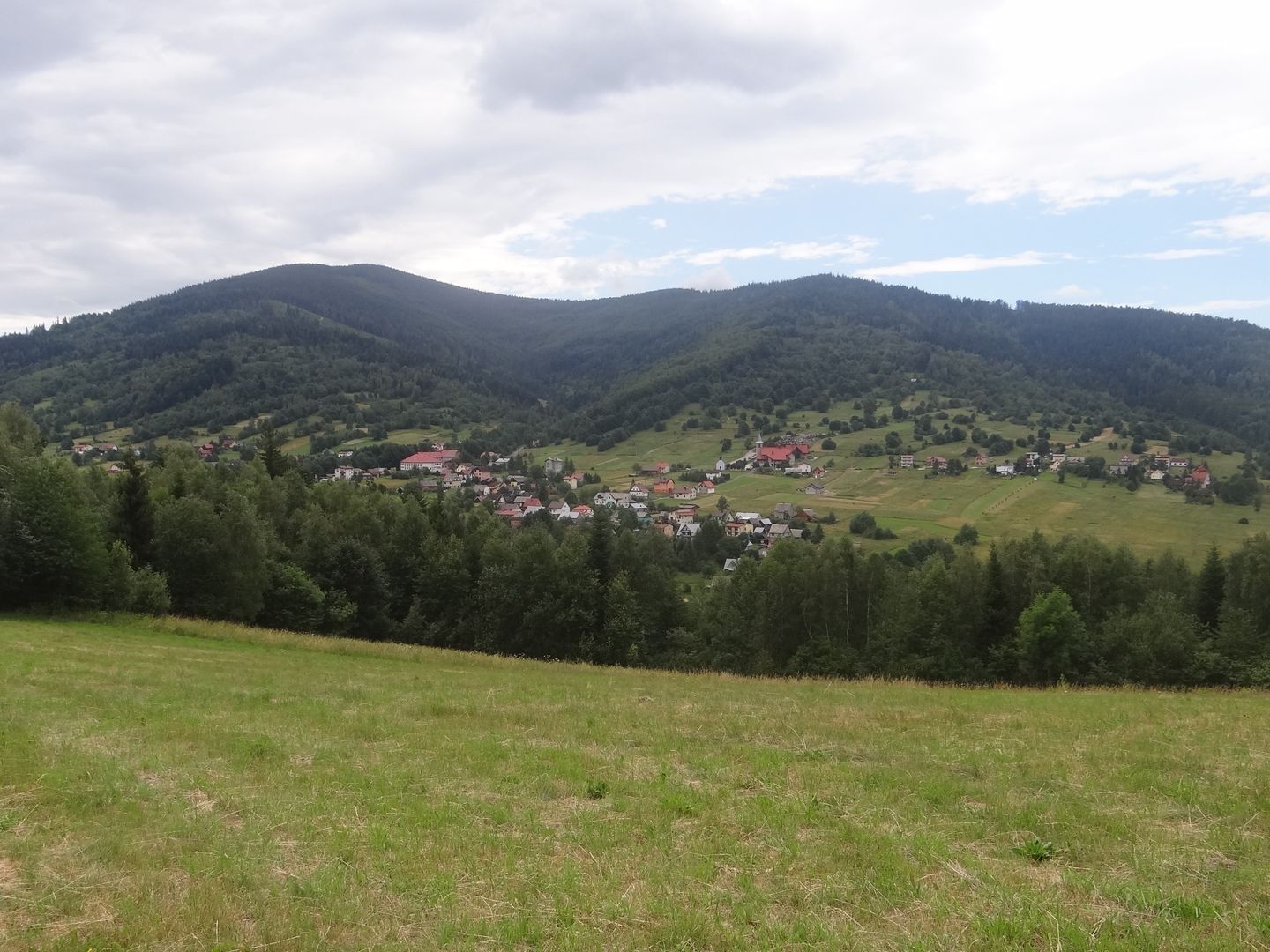Great Sopotnia
6.3

Overview
Sopotnia Wielka is a picturesque village in the Beskid Żywiecki Mountains, characterized by a rich history and unique tourist attractions. Its settlement dates back to the first half of the 20th century, when German-speaking inhabitants began to settle in the upper part of the village, known as Kolonia. Although most residents have abandoned agricultural work, some are engaged in logging and carpentry, with numerous woodworking workshops in the area. Sopotnia Wielka lacks extensive tourist infrastructure like nearby Korbielów, but it stands out for having the highest waterfall in the Beskids, measuring 12 meters and recognized as a natural monument. Near the waterfall, ancient trees grow, and there is a monument dedicated to the villagers who perished during World War II. The village is surrounded by peaks such as Rysianka, Romanka, and Palenica, making it attractive to hikers. Sopotnia Wielka is also known for astrotourism, offering nighttime expeditions for astronomical observations and hosting Dark Sky Festivals. In 2011, Poland's first Dark Sky Protection Area was established here, leading to the replacement of street lighting with less light-polluting alternatives. In 2023, the village received the International Dark Sky Community title from Dark Sky International in the USA. Sopotnia Wielka also features a publicly accessible astronomical observatory and unique attractions, such as a replica of a space station interior and an educational model visualizing what the village might look like in 2050. Additionally, there is a horse ranch, further enriching the recreational offerings. Located in the Silesian Voivodeship, in Żywiec County, the village was part of the Bielsko Voivodeship from 1975 to 1998 and now actively develops pastoral activities through the local Roman Catholic Church. Despite its charming tranquility, Sopotnia Wielka continues to attract tourists and nature enthusiasts with its unique architecture, history, and diverse attractions.
Location
2025 Wizytor | All Rights Reserved


